Kittens with a purpose
Scotland's wildcat introduction, wolves in Colorado and boar in the UK, plus reasons to flood farmland *and* downsize your lawn.

Good news for Scotland, for cat lovers and for an endangered species
The big news in ecological restoration this week – at least, if you love cats, which here at Rewilding Magazine we most definitely do – was the news that two litters of Scottish wildcats have been born in the Cairngorms. Nineteen of the critically endangered felines were released into the wild last summer, making the births a major milestone for the species’ recovery. (For more background info, check out our previous wildcat story here.)
The announcement might also offer encouragement to proponents of other wildlife recovery and reintroduction projects. The list of animals with such backing is long, and existing and potential projects include the slow loris in Java, western hoolock gibbons in India, Tasmanian emus and – as we explore in this month’s issue – grey wolves in Colorado. We also take a look at an animal many people would like to see eradicated in certain parts: wild boar.
A lot of the talk surrounding rewilding – including our coverage – focuses on plant life. Part of that may be because helping flora is more accessible for the average person. It’s one thing to plant native species in your backyard, quite another to bring home a cougar. (And on that note, we’ve got some good reasons to scale down your lawn.)
But an ecosystem is composed of many parts. And more and more studies are emphasizing the intricacies of these interconnections – and how crucial they are to the survival of all species, no matter the genus.
Long story short: Don’t feel guilty if your green good deed of the day is sharing adorable wildcat kitten photos on Instagram.
Stay wild,
Domini Clark and Kat Tancock, editors
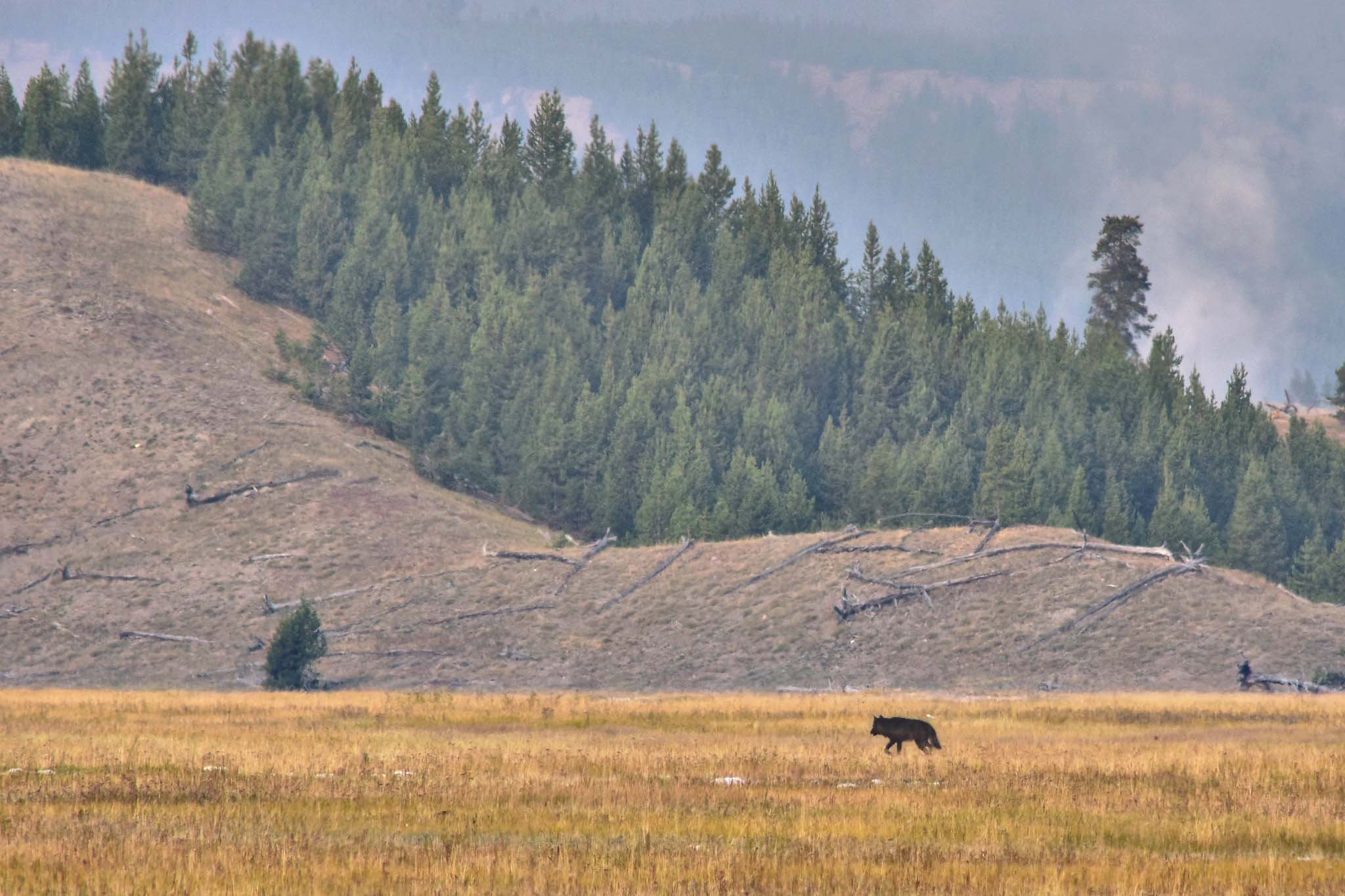
Grey wolves are back in Colorado. Here's what happens next
Grey wolves are an important apex predator that are being brought back from the brink. Their latest new territory? The mountains of Colorado.
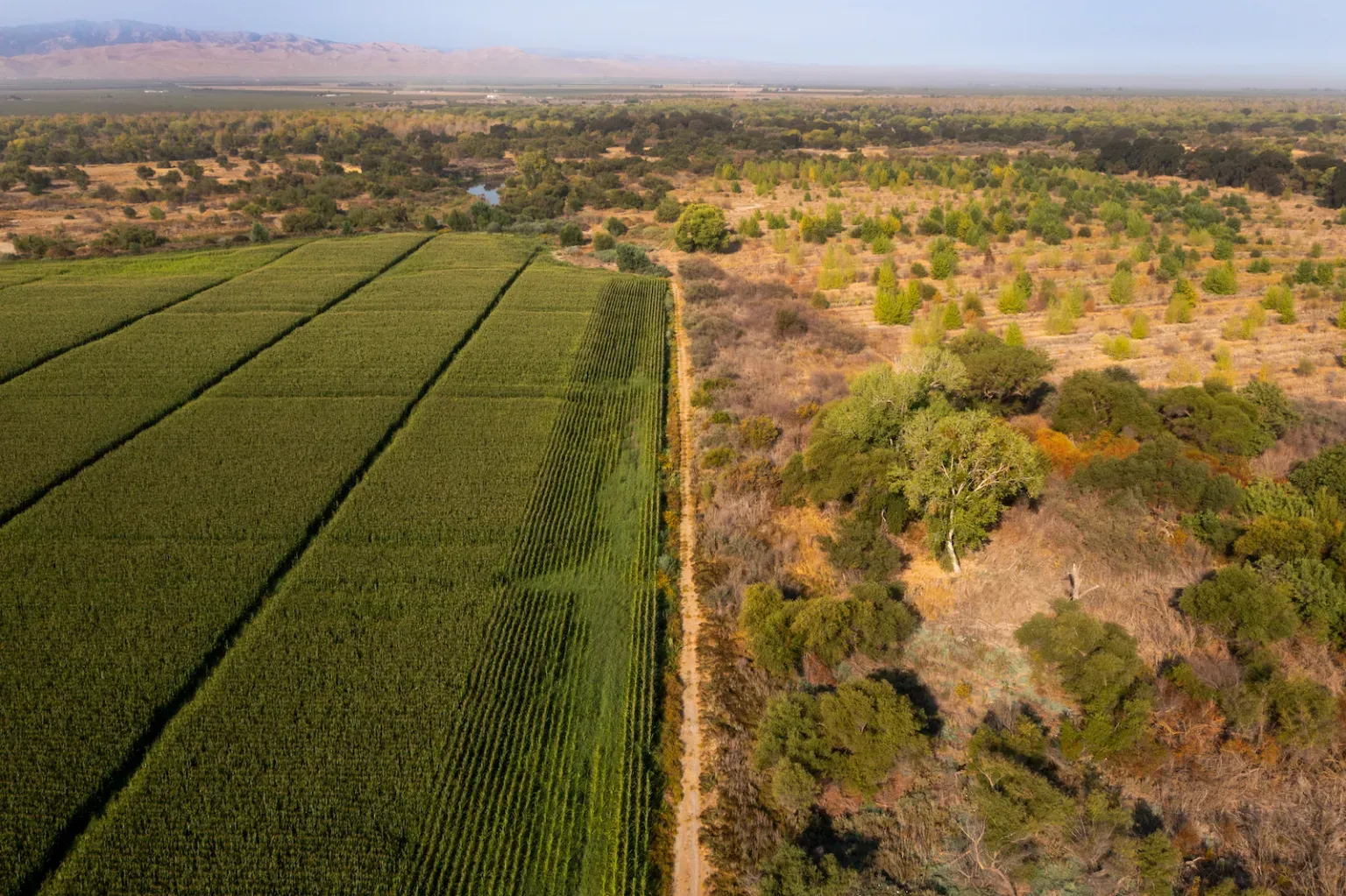
How can California solve its water woes? By flooding its best farmland
Restored floodplains in the state’s agricultural heartland are fighting both flooding and drought. But their fate rests with California’s powerful farmers.
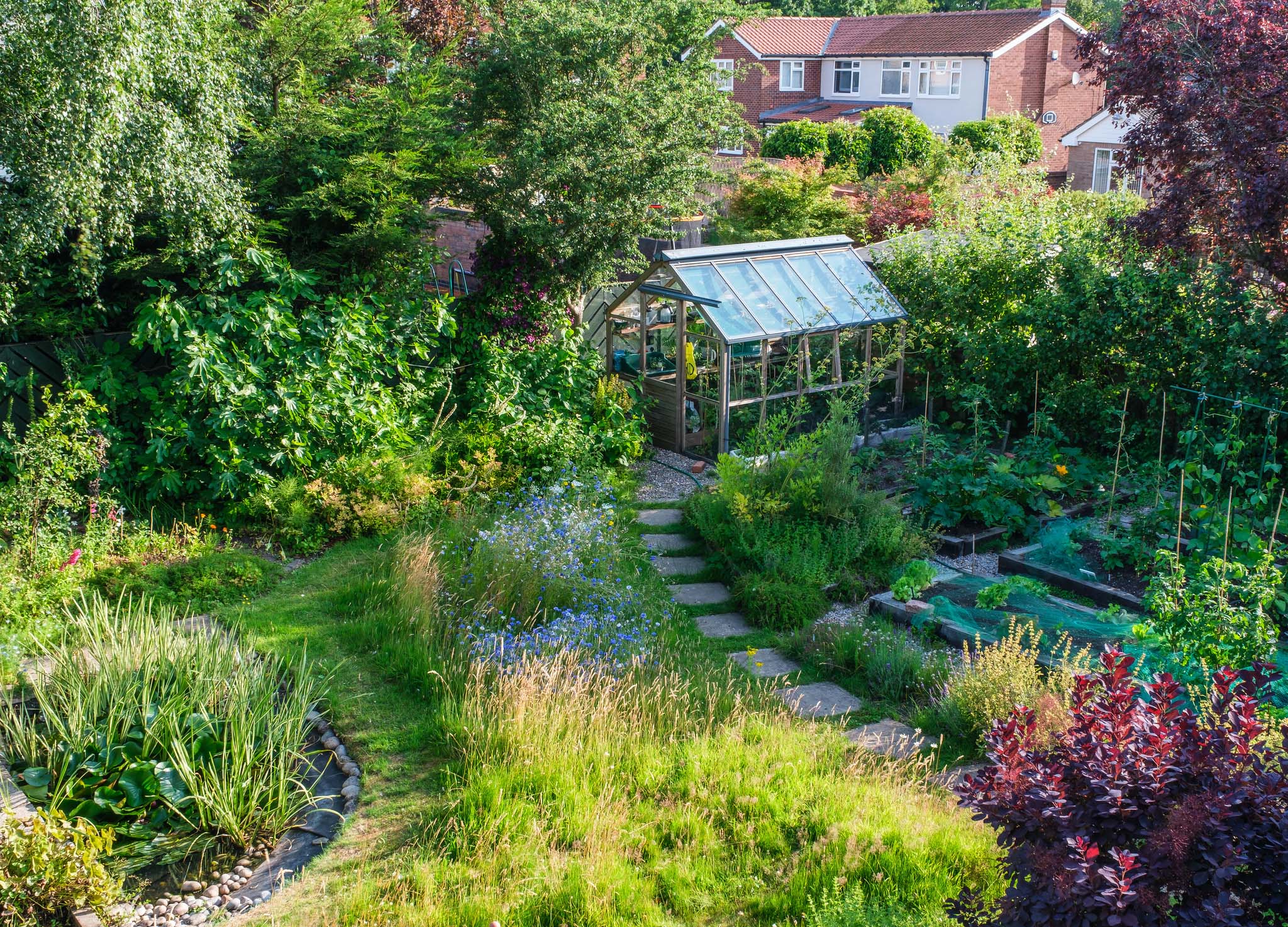
6 reasons to downsize your lawn
It’s time to imagine a future where lawns aren’t the norm – and homegrown habitats are.
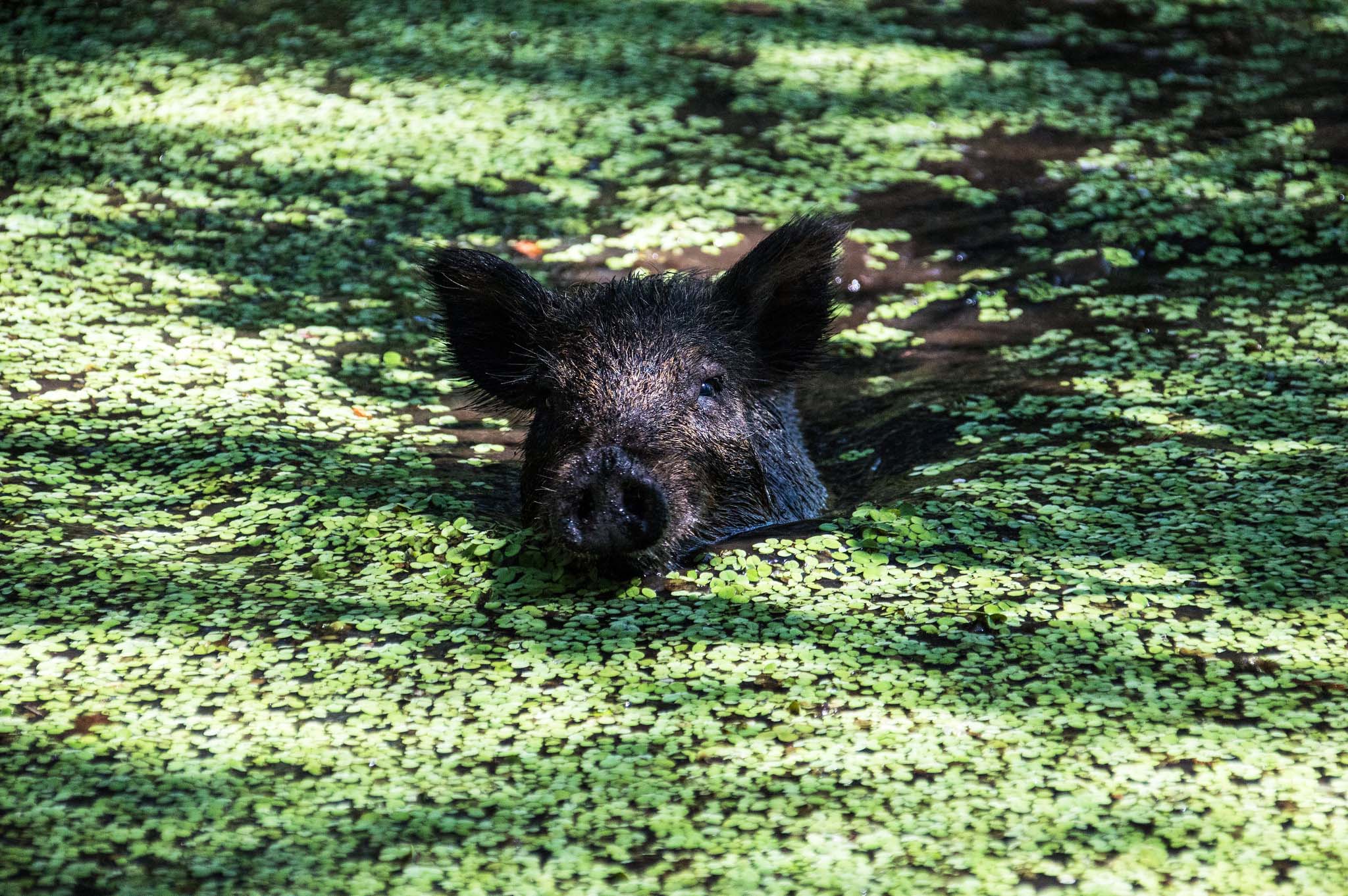
Are wild boar good or bad? The devil is in the details
In an ever-globalized world, it’s easy to fall for the convenience of one-fits-all solutions. But from dandelions to wild boar, we need stories – and actions – that are grounded in place.
Recommended reads
The UK is often cited as the most nature-depleted country in the world, and part of that is a lack of predators and other potentially dangerous animals. Unlike elsewhere in the world – like my little corner of Canada, where we not unfrequently come across bears while hiking (though the cougars tend to stay out of sight) – British residents can tramp blissfully through their woods, unconcerned about encountering any (non-human) creatures that pose them risk.
At least, until fairly recently.
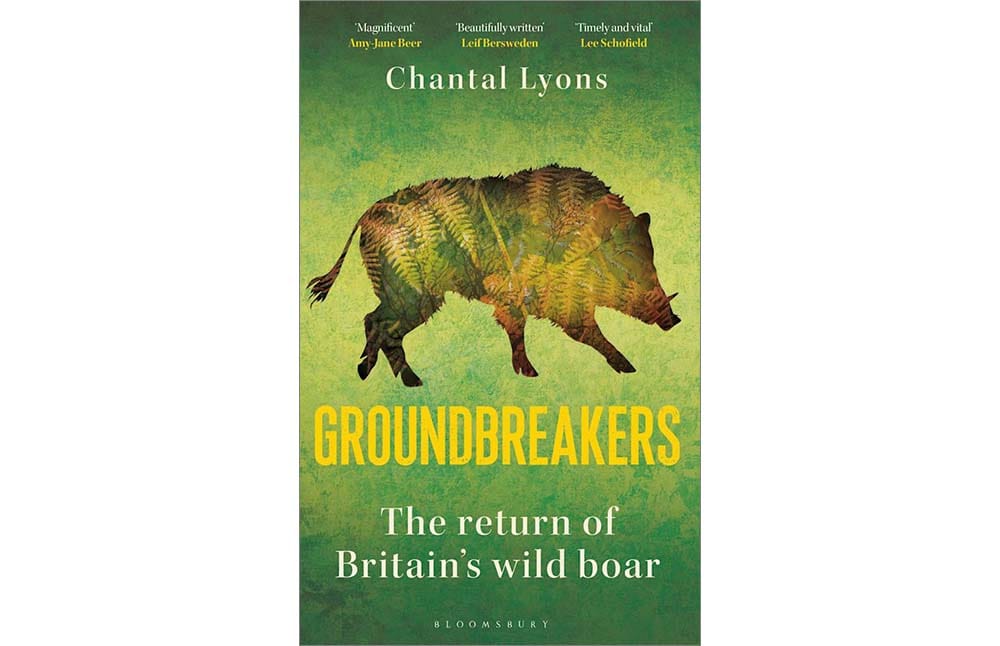
Wild boar, as Chantal Lyons explains in Groundbreakers, are one of the planet’s most successful species, and news stories abound to do with their capers and successes in both urban and rural environments. But while she does take in the global context, the focus of this book is on the place of boar in the UK, where escapees from farms have rediscovered non-domesticated life in a number of regions – to both the delight and consternation of the people who live there.
While boar were once native to Britain, it’s been many centuries since they were hunted out of existence. Lyons explores this history and its effects on nature, such as how the animal’s rooting helps to shape habitat, and goes deep into the places where boar have returned, examining their impact on other species – including their human neighbours.
“For centuries, no human here has carried the awareness of wild animals that is the natural condition of all other species and, indeed, of many other humans,” she writes. “And perhaps there’s no better word for this than rewilding. A rewilding of ourselves.”
We encourage you to borrow Groundbreakers from your local library or purchase from an independent bookstore.
Elsewhere in rewilding
Speaking of (land-based) ecosystems, at the base of them all (literally) is soil. And it turns out that is something that can also be rewilded, as this informative (though not admittedly not thrilling) presentation video explains.
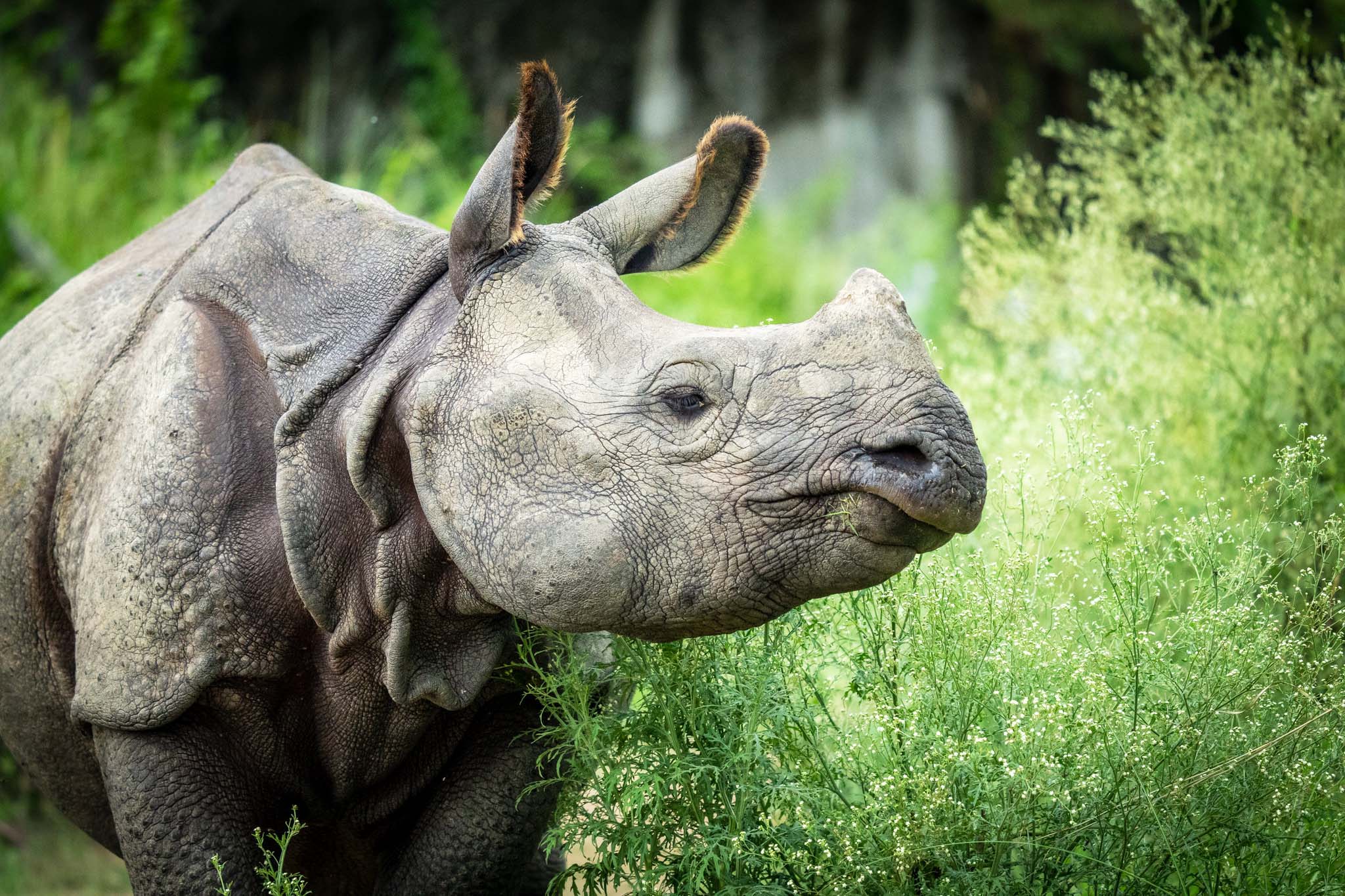
Sticking with dirty subjects … researchers studying the reintroduction of one-horned rhinos in Nepal found that the massive beasts’ “latrines” are good news for other species, so the more the merrier.
They say money talks – so hopefully word gets out that rewilding can benefit not only ecology but also the economy. Restoration projects have spurred a mini job boom in Scotland, according to one report.
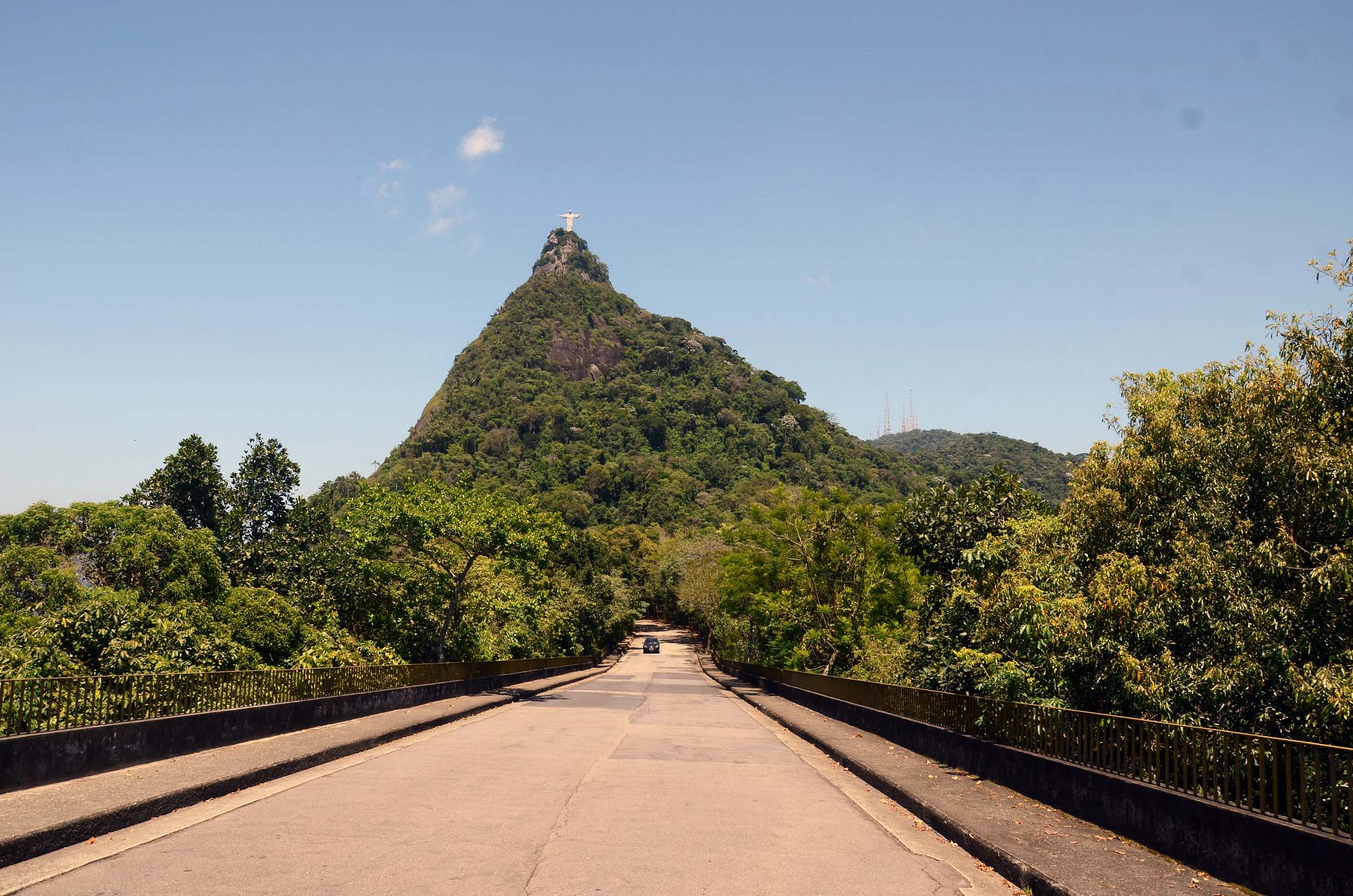
Did you know that Rio de Janeiro’s Christ of the Redeemer statue is located in the world’s largest urban forest? The ancient green space is now the focus of a major rewilding project.
Another day, another story about a Canadian homeowner being subjected to ridiculous municipal bylaws for their native plants. Sigh. When will it stop?
❤️ Enjoy this newsletter?
Send to a friend and let them know that they can subscribe, too.
Share your expertise: Do you know a project, person or story we should feature? Let us know.
Just want to say hello? Click that reply button and let us know what you think – and what else you'd like to see. We'd love to hear from you.


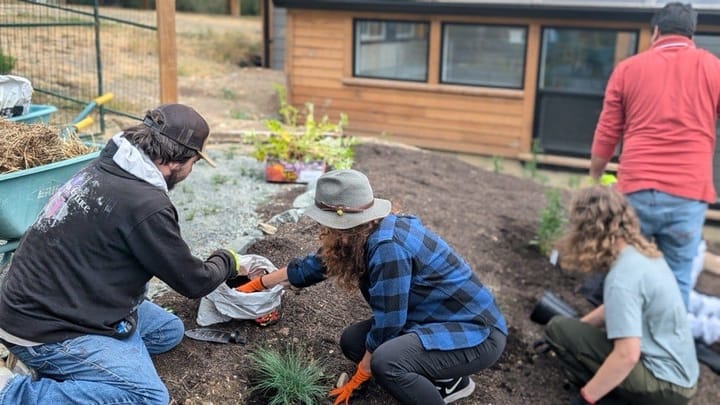

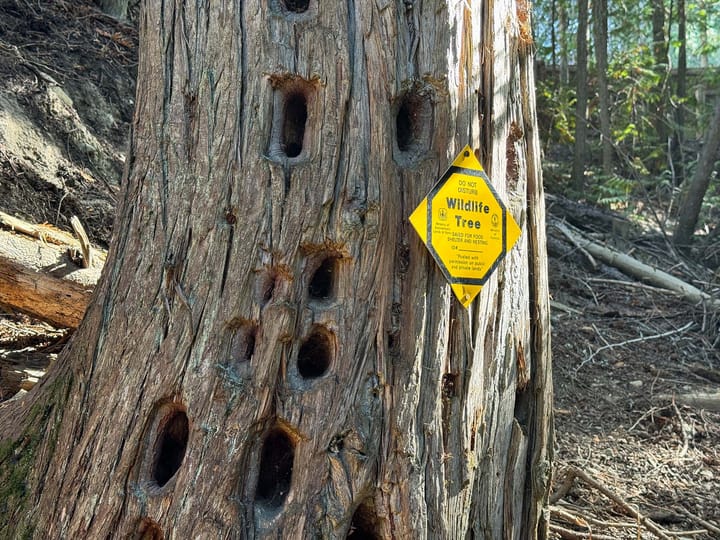
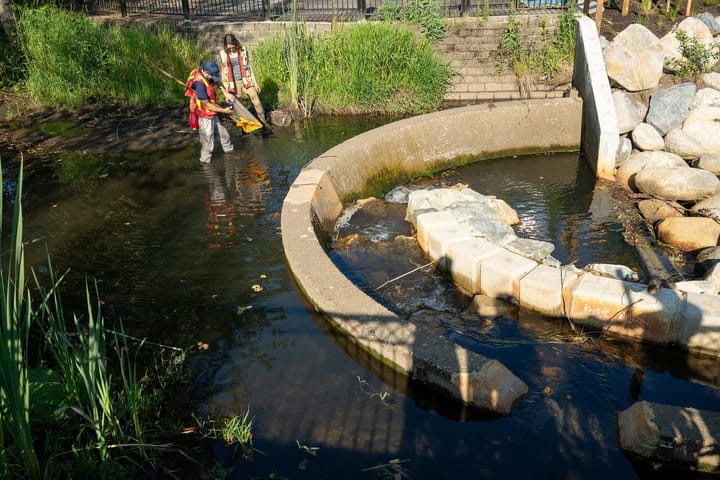





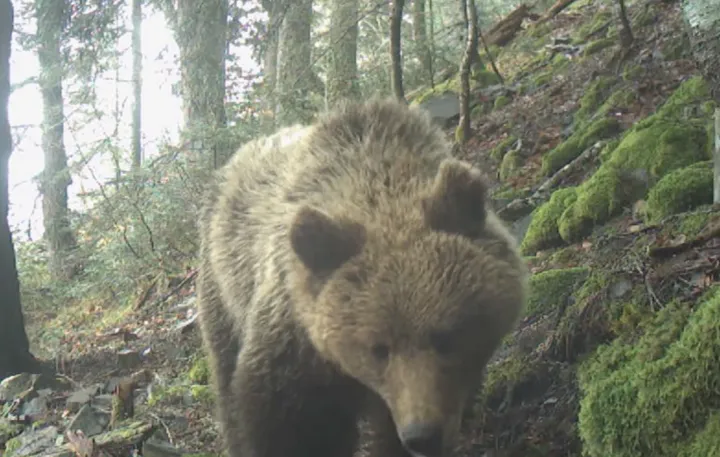
Comments ()